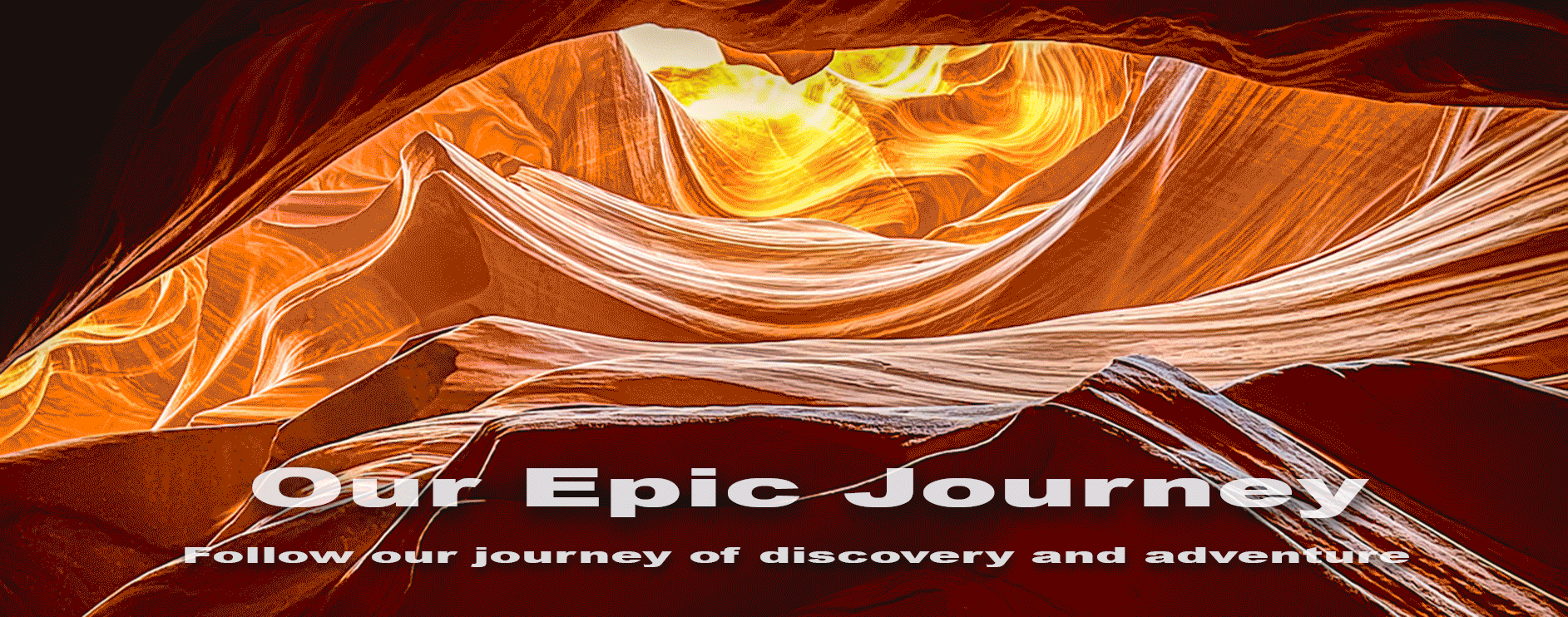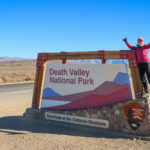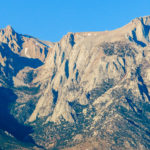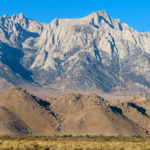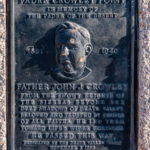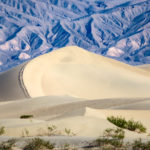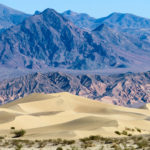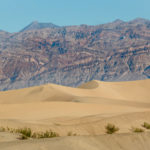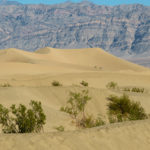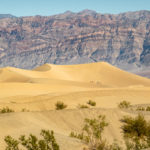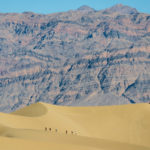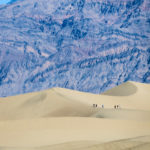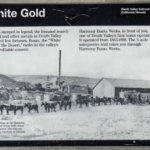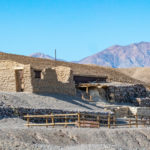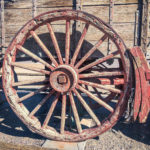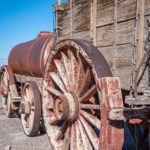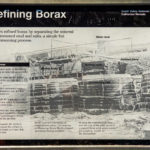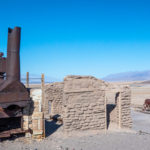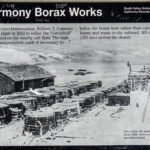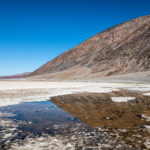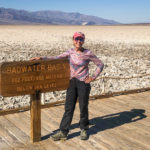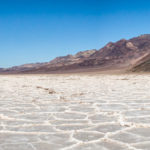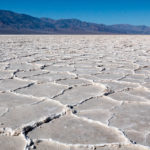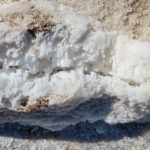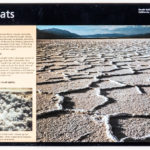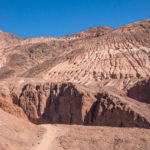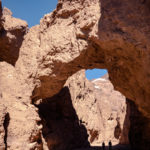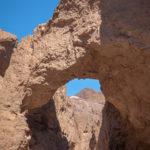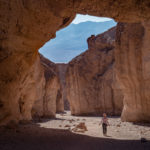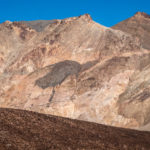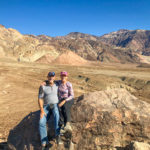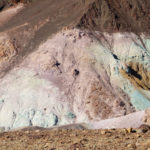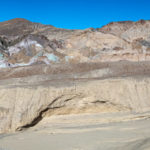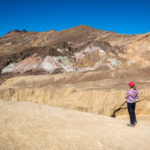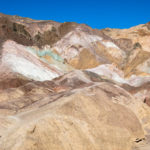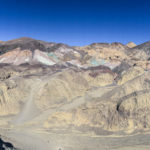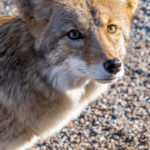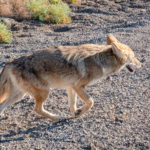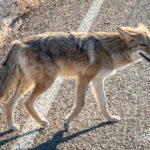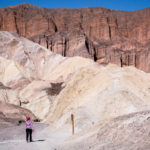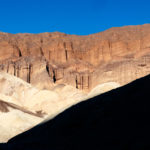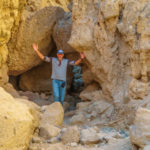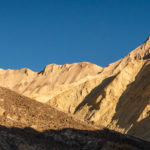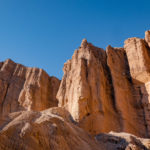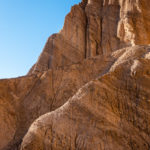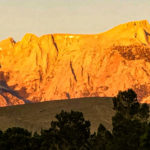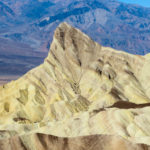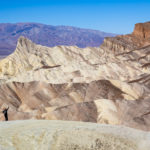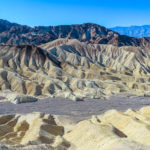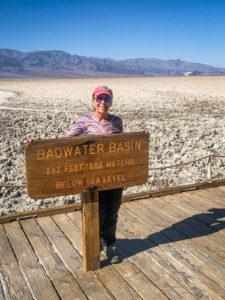 After leaving Seven Feathers RV Resort we drove to Lone Pine, CA, and we stayed at the Boulder Creek RV Resort for two nights. Death Valley National Park was established in 1994, enlarging the park by 1.3 million acres. We have never visited here before and we were excited to spend a day exploring some of the Park. Death Valley is the largest national park in the contiguous US, and the hottest, driest and lowest of all the national parks in the US. It is this unique combination of low elevation and dryness that makes Death Valley the hottest place in the USA and one of the hottest on earth. On November 1st, we visited the Park, on a beautiful sunny day, not too hot. The road into Death Valley, SR 190, was narrow, winding and steep in some places.
After leaving Seven Feathers RV Resort we drove to Lone Pine, CA, and we stayed at the Boulder Creek RV Resort for two nights. Death Valley National Park was established in 1994, enlarging the park by 1.3 million acres. We have never visited here before and we were excited to spend a day exploring some of the Park. Death Valley is the largest national park in the contiguous US, and the hottest, driest and lowest of all the national parks in the US. It is this unique combination of low elevation and dryness that makes Death Valley the hottest place in the USA and one of the hottest on earth. On November 1st, we visited the Park, on a beautiful sunny day, not too hot. The road into Death Valley, SR 190, was narrow, winding and steep in some places.
We stopped at the Mesquite Flat Sand Dunes to take photos, amazed at the vastness of the dunes, these are not the tallest in the Park. The highest dune rises only 100 feet, and includes three types of dunes; crescent, linear, and star shaped, we walked on the silky, rippled dunes for a few hundred yards experiencing the different shapes and colors of these wind blown sand dunes. Then we headed to the Furnace Creek Visitor Center where we watched a 22-minute video about the Park. Death Valley was known as a prosperous mining mecca for many decades, it mined for gold silver, copper, tungsten, lead, zinc, antimony and borax. We stopped at the Harmony Borax Works, where 10,000 tons of Borax was carried out of Death Valley via large twenty-mule teams and double wagons between 1883 and 1889. We walked around the ruins of the old mine and marveled at the size of the wooden wagons which hauled the borax to the nearest railroad in Mojave, CA. This mine reminded Bob of the TV series called Death Valley Days, it was sponsored by the Pacific Coast Borax Company (20 Mule Team Borax) and hosted Ronald Reagan (1964-1966), it was Reagan’s final work as an actor. Then it was on to see the Badwater Basin, an endorheic basin, noted as the lowest point in North America, with a depth of 282 feet below sea level. Mount Whitney, (which we have climbed), is the highest point in the contiguous 48, is only 84.6 miles to the northwest; it’s hard to believe they are that close. Now we have stood on the lowest point and the highest point in the lower 48 of the US. We walked for a very long way out into the middle of the salt flats to be able to capture the complexity of the thick salt crust, ranging from 3 to 60 inches, and to see the beautiful hexagonal shapes up close. These are the oldest salt flats in the world.
Then we hiked the 2-mile R/T hike into Natural Bridge Canyon uphill to where the walls of the canyon narrow and the 50-foot tall natural bridge spans the canyon. It is a very impressive natural bridge forming an expansive view of the blue sky above from different angles. We walked under the bridge to the end of the trail and turned around to head back. Then we drove the Artist’s Drive through canyons and past mountains, many of which are covered in fantastic colors. The drive is pretty impressive the entire way with lots of towering mountains right in front of us. We reached the most exciting part of the drive, which is Artist Palette, where all the colors come through in the mountain, and collect in this one specific canyon. The colors it produces are from purple and blue to even a slight green. We explored this sight on foot and it was even more impressive up close. Click on thumbnail to view images
Our next hike was the Golden Canyon Trail, one of the most popular hikes in Death Valley, because of its dazzling colors, sun-soaked badlands, and valley views. We also did the side trip to to the fluted cliffs of Red Cathedral and the viewpoint at Zabriskie Point. On our way back on the road a curious coyote stopped beside our car to check us out, We were able to catch a beautiful sunset of Mt Whitney as we drove back to our RV. The next morning Bob was very brave and drove the RV through the Park on SR 190, the same winding road we took yesterday, and we made it all the way to the east entrance with no problems. We pulled over to see the views from Zabriskie Point before heading on to Kingman, AZ for the night. Death Valley National Park is an amazing Park; shaped, sculpted and scarred by the earth’s natural forces over the eons, Death Valley is a surreal landscape of extraordinary and extreme beauty, weather and geology. Definitely worth another visit.
